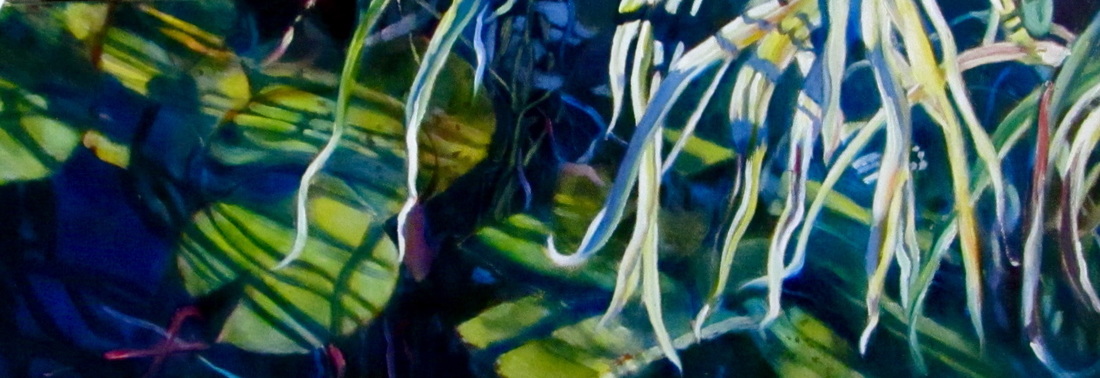 "The Floating World" #2 10 x 30 oil
"The Floating World" #2 10 x 30 oil In that sense, I myself am a bit of tribal slut. One of my beloved tribes is composed of artists. In this tribe, no-one ever has to apologize for exiting the 401 to take pictures of a sunset or a field of sunflowers. No-one thinks it is odd to wear paint instead of nail polish, and “What’s your medium?” is understood to have nothing to do with dress-sizing. My mom was a member of this tribe and I realize now that she initiated me into its deep pleasures, where I have lived happily for my whole life. Within this tribe are hearth-fire groups; I am warmed and nourished by the Renaissance glaze oil method, and those who practise it. We never cease to delight in one another's work.
So, too, I have a Life Membership in the Tribe of Readers and Watchers and Writers; my dad was always a member, while Mom joined in middle-age. All of us RWW’s are made giddy by a new book or by a tip about some great film to look forward to or by the opportunity to write about something which feels important, if only to us. Like artists, these tribal members cast a wide net of curiosity and reach out to one another - occasionally to warn - but more often to beckon and light the way towards buried treasure. In 2014 when I read All the Light You Cannot See it inspired me to order multiple copies to give to RWW friends who, in turn, bought copies for their friends. Just this month, a dear RWW tribal member sent me the exquisite H Is for Hawk, which I have been savouring. Not only the gift but the sentiment touched me: Toby wrote “I started to read this and knew immediately that you would love it.” And I do. When tribe members meet, happy ritual demands that we pull out notebooks and feverishly record recommendations. Like the artists’ tribe, this group may convene in pairs or in large auditoriums, so look for us everywhere, especially in coffee houses.
Lest we neglect our bodies, the Nature Tribe takes us outside not only of our dwellings but of our over-heated brains. While going for a long walk (paddle, cycle, etc.) may summon up solutions to problems of the indoor persuasion, that is usually an unexpected consequence of simply paying attention to where we are. One part of the tribal benefit is a close encounter with another nation — once by the river, we heard an odd call and followed it to a wee sawwhet owl who regarded us calmly from the low branch of a conifer. And I never forget where I first found a particular plant species - like fringed polygala ,which turned out to be teeny-tiny and easily overlooked, I realized. Who knew! When I think back to high points in my life, they frequently involve such a small happy accident and so my paintings are often no more than memories of those magic moments out-of-doors. Winter’s considerable attractions include the record on the snow canvas of all who have passed through on foot. (So far, this winter has been a complete bust in that regard.) And of course there is the issue of light. For our Seasonal Affective Disorders, there’s no better cure in January than to go outside. Nature beckons in all seasons. Two members of the Nature Tribe are weekly walking companions along the river (although we also have mutual interests in other tribes and never run short of conversation when we are not simply drinking in the scenery.)
As you know, I am a practising Dog Tribe member. Occasionally, after I have familiarly greeted a strange dog being walked by the river, I am astonished when the owner accepts the praise; I was flirting with the dog.
Sometimes, if we are very lucky, we fall in love with someone who belongs to all of the same tribes. If that happens, marry that person. I did.
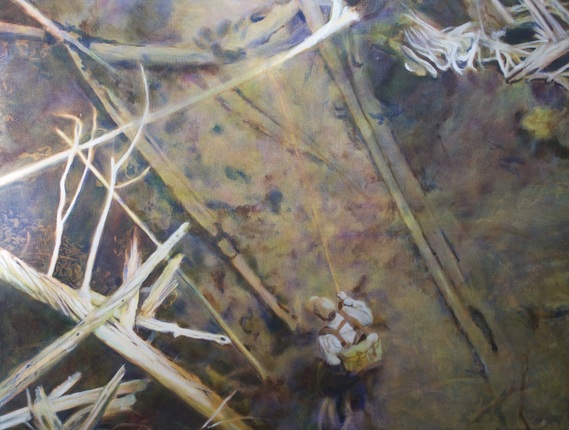
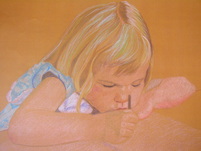
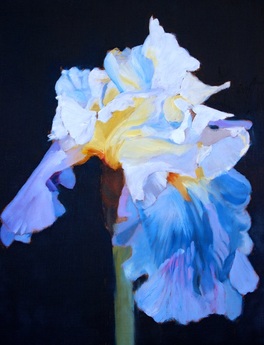
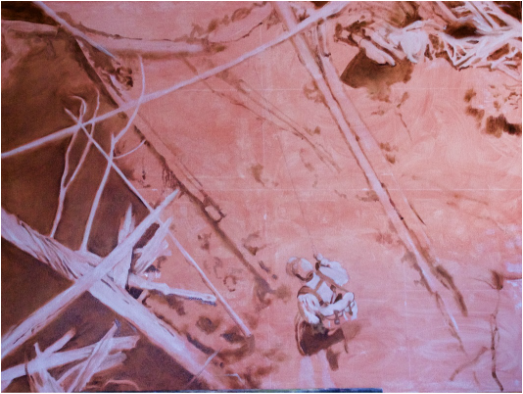

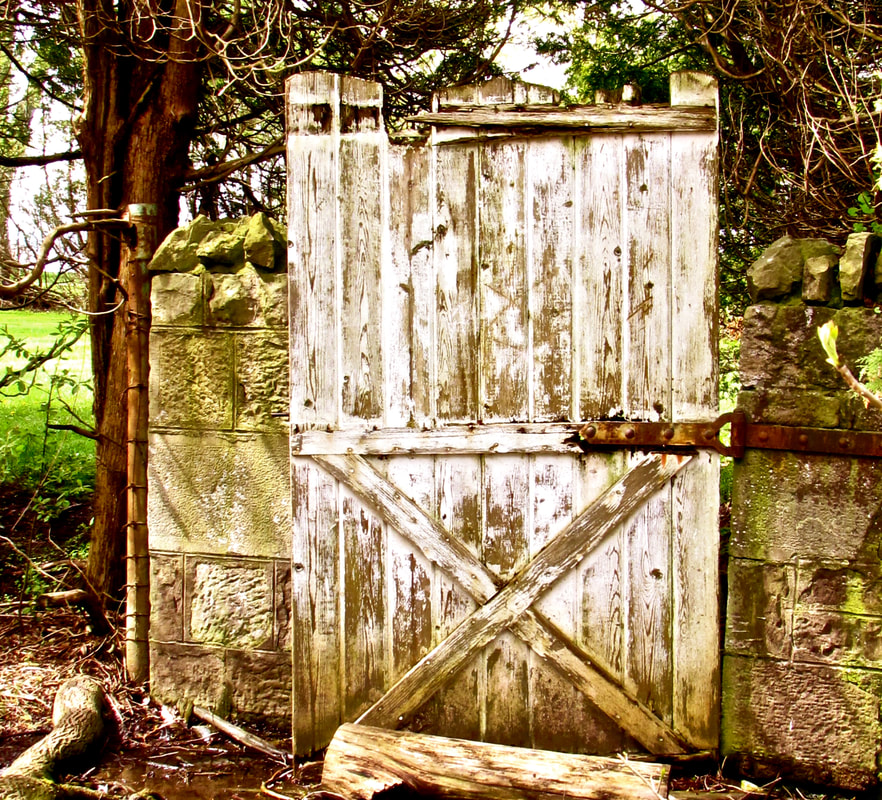
 RSS Feed
RSS Feed
